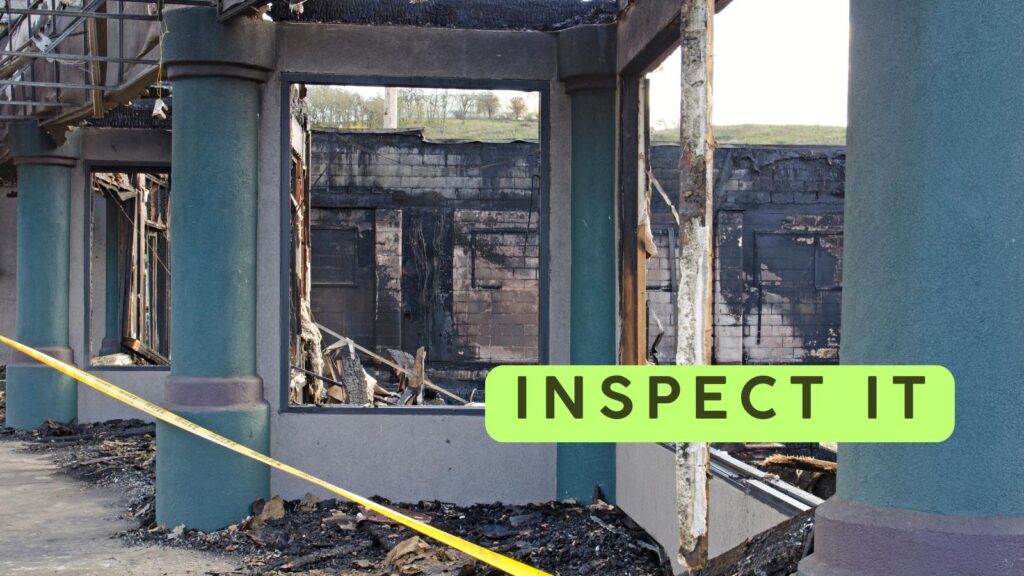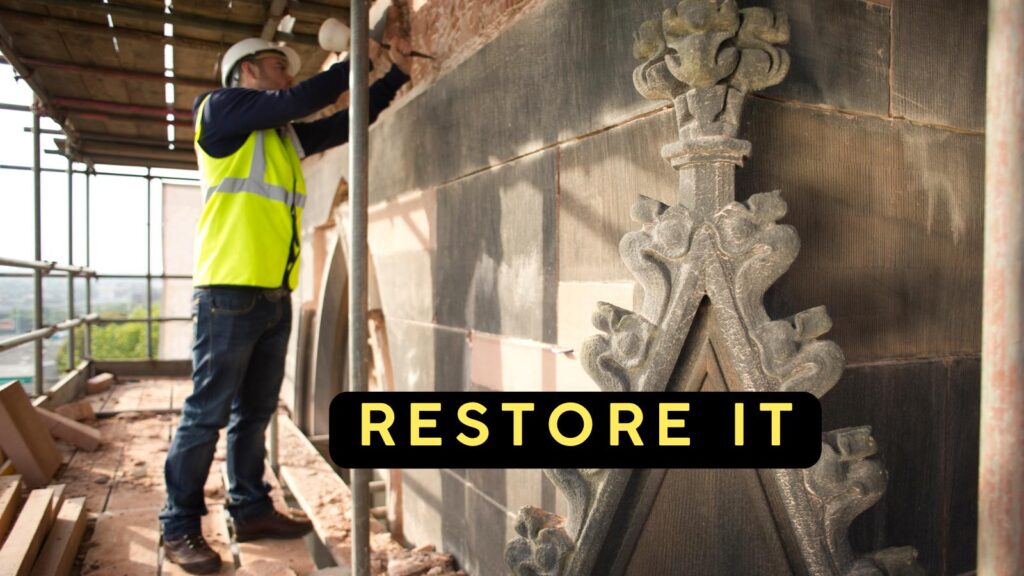Do you know what to do to restore your business building safety after a disaster? It’s not easy to manage risk for your business, and protecting your assets can be challenging.
Overall, picking up the pieces after a natural disaster isn’t easy. Your workspace, once a place of productivity and purpose, might now feel unstable, literally and emotionally.
Depending on the natural disaster, this could mean cracked walls, damaged flooring, or even faulty utilities. Getting your space back to a safe and functional state can feel overwhelming. However, it is possible and technically expected of you.
Overall, the key is to focus on safety first. Your business may be eager to reopen, but first, create a secure environment for everyone who enters.
But where do you even start? Here is how you can tackle the process with care and intention.
Table of Contents
You’ll Need to Inspect the Damage
First, take a deep breath and assess the situation. Some damage is evident, such as debris or broken windows, but other issues, like hairline cracks in the walls or an uneven floor, can be easily overlooked.
It can be the same for all those little things, too, as they can cause significant problems if they aren’t dealt with.
You’ll have to ensure your building is up to code again, so you’ll have no choice but to hire professionals, such as a qualified inspector, for example (they’re likely to be the only ones who can identify the hidden dangers).
To receive any insurance payout, you will need a paper trail, which typically begins with an inspector.

Restore Your Business Building Safety: Repair the Structure, Inside and Out
After a natural disaster, the structural integrity of your workspace should be a top priority. Now, you can usually expect that concrete stairs, floors, and walls are often hit hard. While it may seem small now, a crack in the flooring can grow into a tripping hazard (or worse).
The same goes for damaged stairs; they can be dangerous after a natural disaster, such as earthquakes, but technically, any natural disaster could damage them.
Again, it’s about bringing the building and the entire property up to code. Therefore, when it comes to repairing floors, stairs, and possibly even walls, you will need to consider professionals who offer commercial concrete filling and repair services.
Your best bet is to get started as soon as possible, because other businesses will likely be seeking the same service immediately after a natural disaster. Therefore, you need the proper building safety inspection and permits to get started.
Tackle Utility Issues Head-On
After a disaster, your utilities, such as electricity, plumbing, and HVAC systems, may be in worse shape than they appear, which is understandable. However, remember that faulty wiring or a burst pipe can be expensive and unsafe problems if not addressed promptly.
Take this seriously and complete it as soon as possible, as most insurance won’t cover damages from these issues if they are not repaired promptly.
Clean and Clear to Restore Your Business Building Safety
As unfortunate as it is, natural disasters can leave behind more than structural damage. Debris, mold, and waterlogged areas can create health hazards that persist if not addressed thoroughly.
But overall, cleaning up is about more than aesthetics; it’s about safety. It will be expensive (usually accompanied by flooding, at least), but try to enlist the services of experienced professionals.
Don’t Overlook the Roof: Hidden Damage Can Cost You Later
While ground-level issues often grab attention first, roof damage can quietly compromise your entire building if ignored. After high winds, heavy rain, or hail, even minor leaks can escalate into significant structural problems or mold infestations.
It’s smart to call in a trusted roofing company to inspect every inch of your roof, especially areas you might not see from the ground. They can identify loose shingles, compromised flashing, or hidden punctures that could worsen over time.
Prioritizing this step not only prevents further damage but also ensures your building is genuinely safe and weatherproof from top to bottom.
Conclusion: Restore Your Business Building Safety
After a natural disaster, getting your business building safe again should be a top priority. Start by inspecting structural damage and securing unstable areas. Work with certified professionals to address repairs, plumbing, and electrical issues.
Remove debris and ensure the building is hazard-free before reopening. Don’t skip looking around for mold, water damage, and other health risks. Review local codes and permits to avoid legal trouble during rebuilding efforts.
Taking these steps quickly helps protect employees, customers, and your business.




